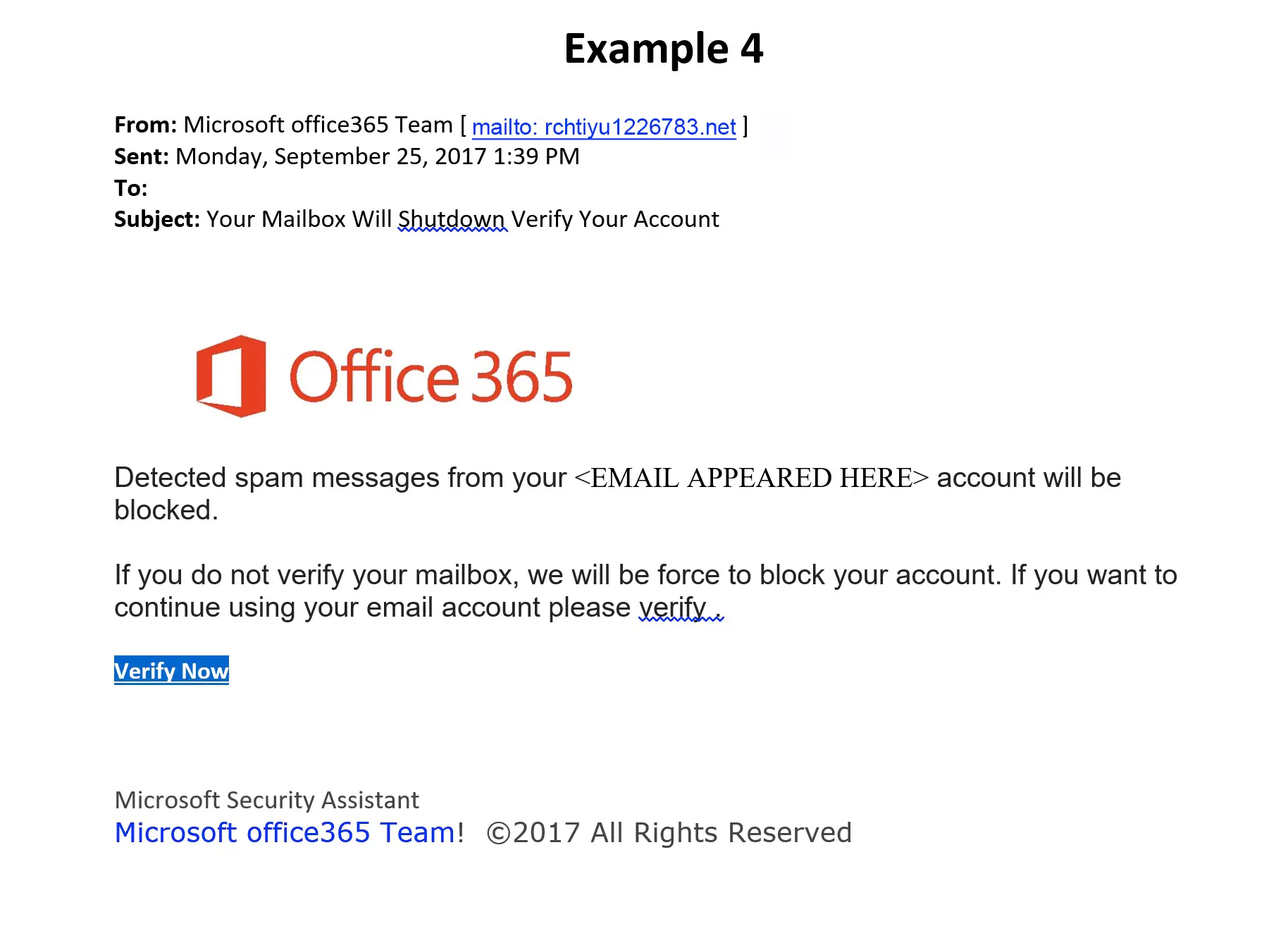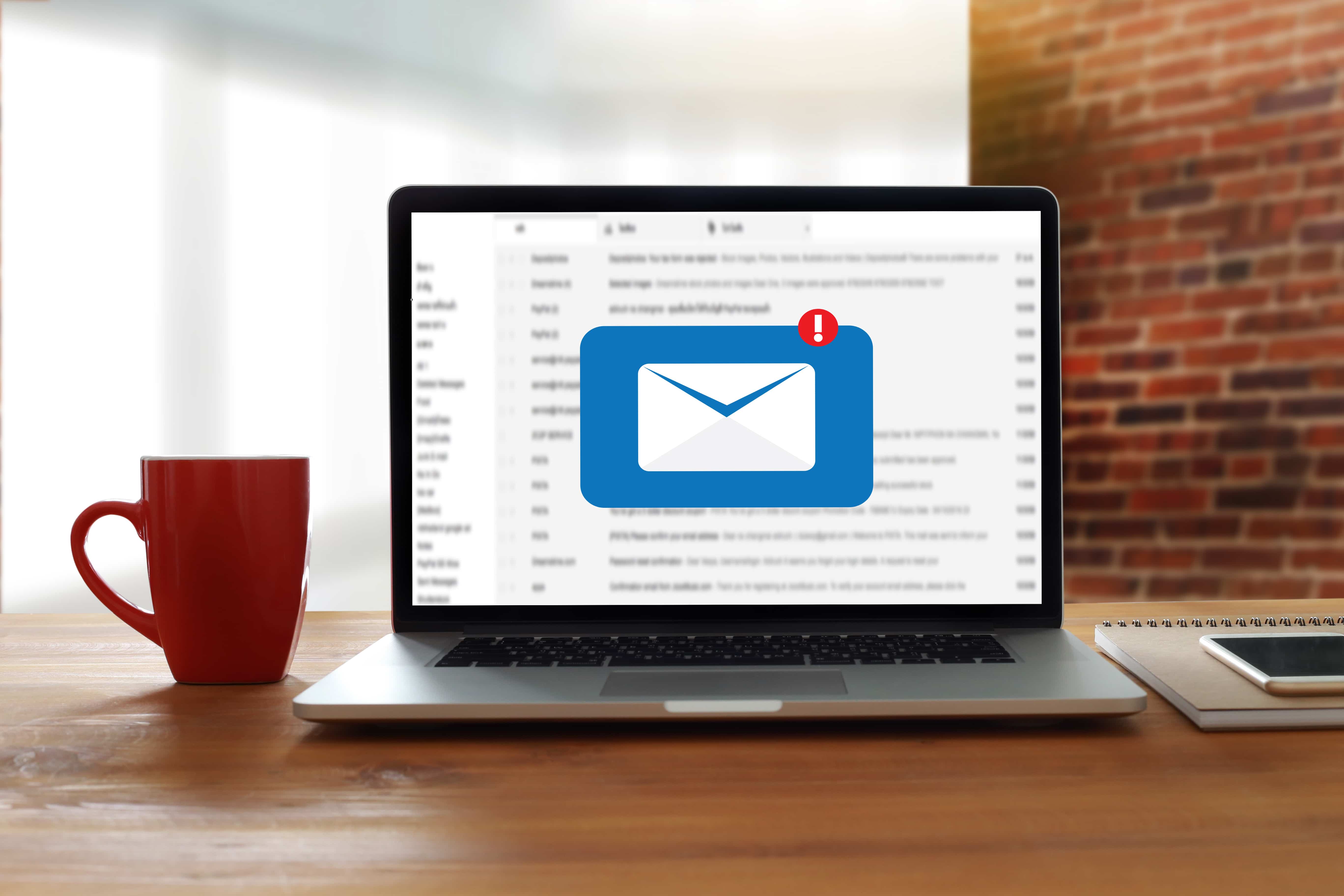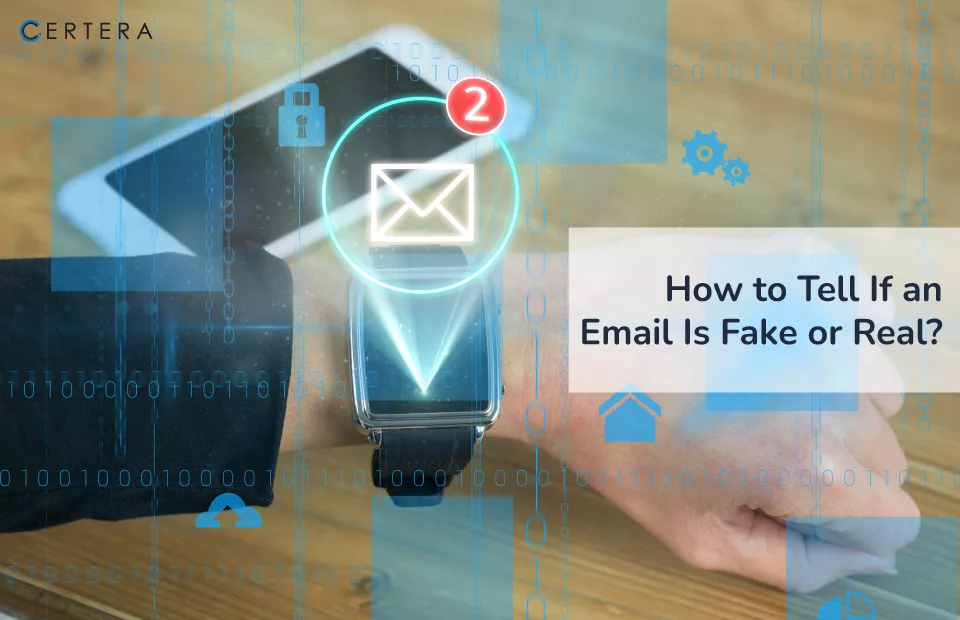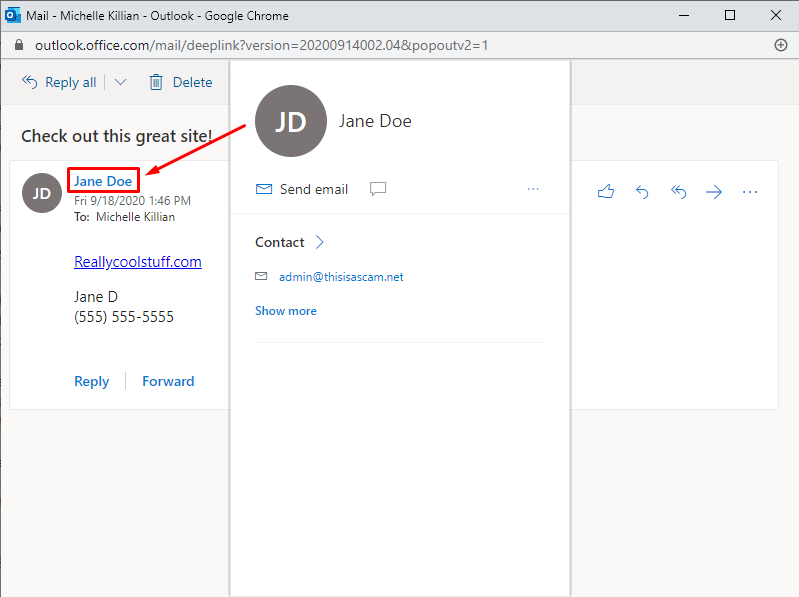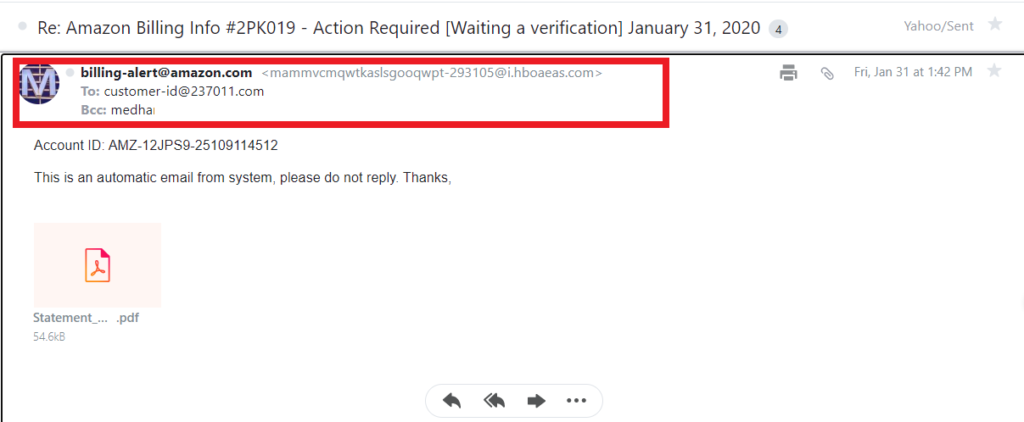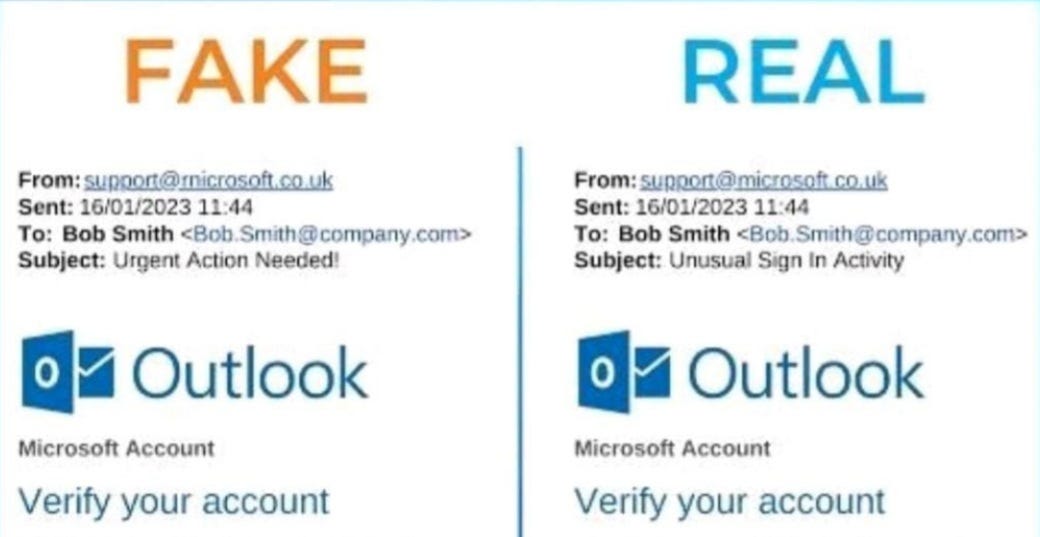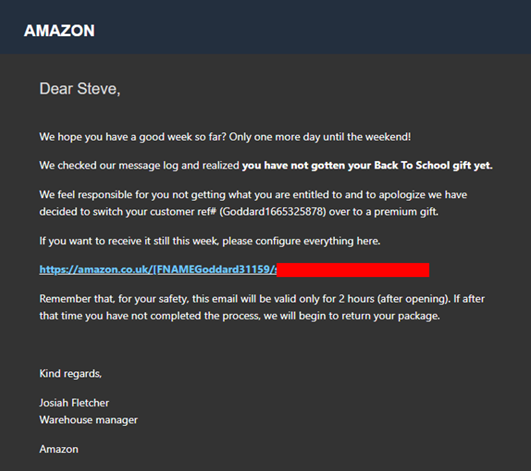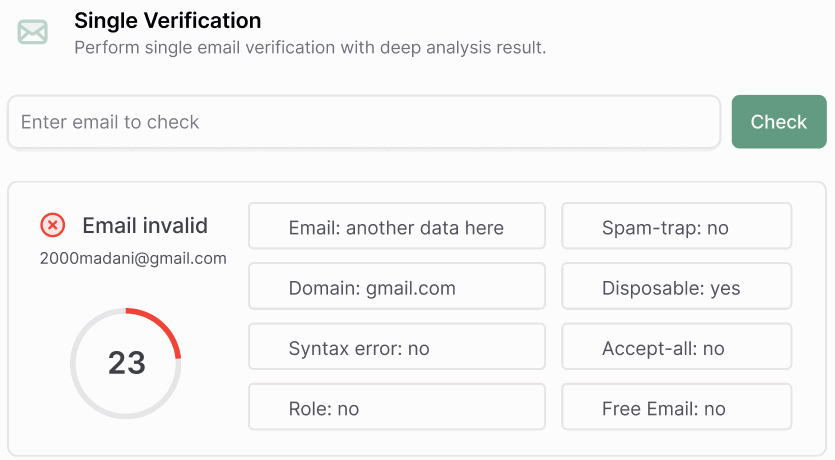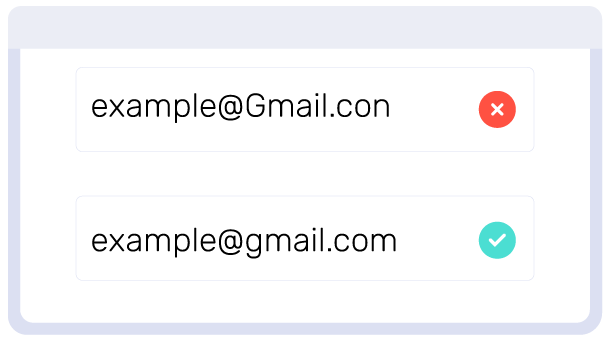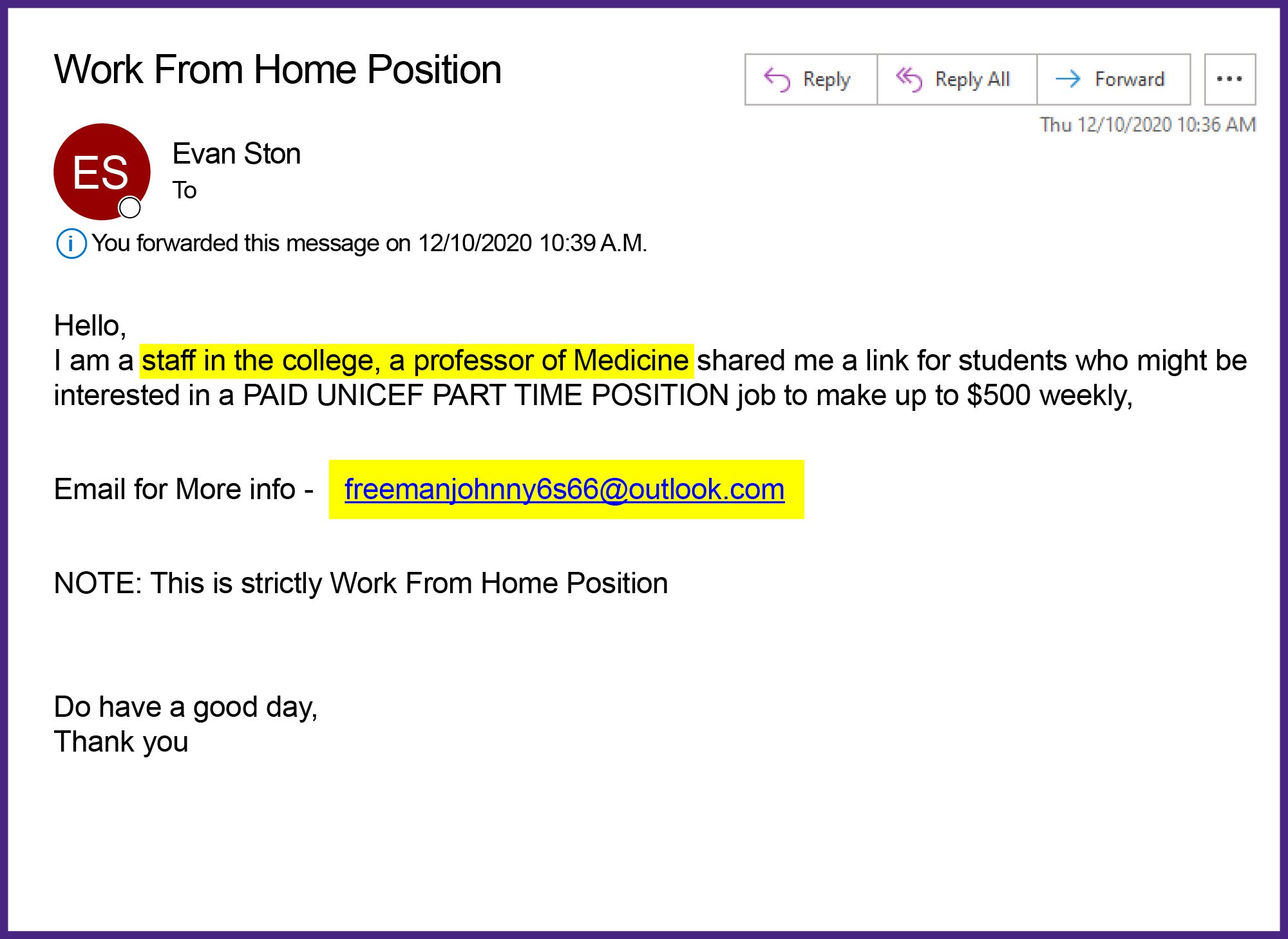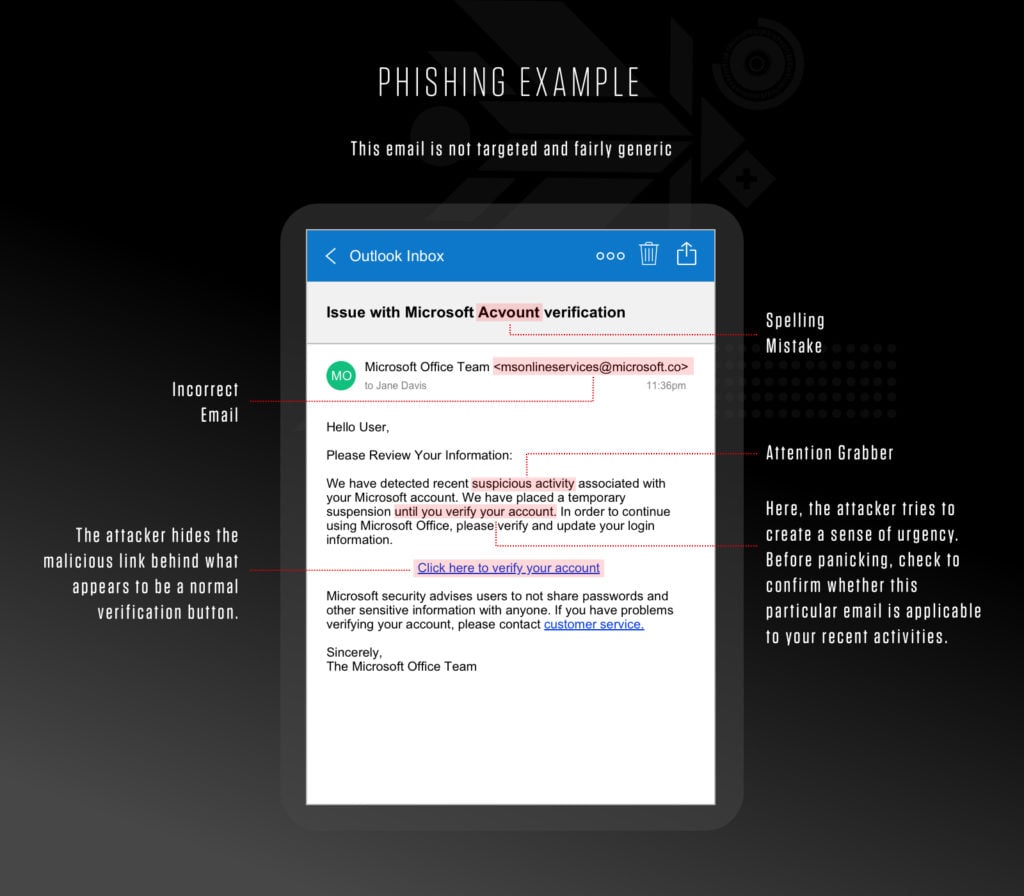How Can I Tell If An Email Is Legitimate
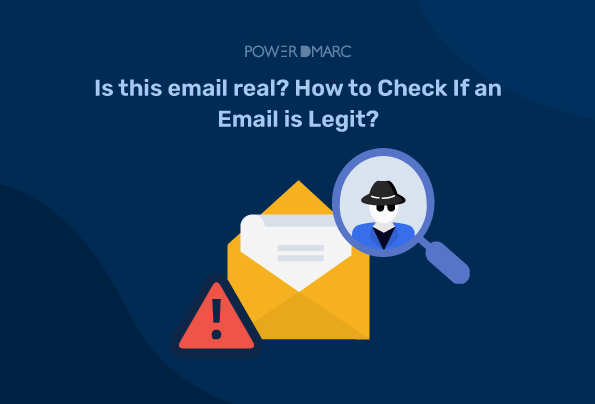
In an era dominated by digital communication, email remains a primary avenue for both personal and professional correspondence. However, the ubiquity of email has also made it a prime target for malicious actors seeking to steal sensitive information, spread malware, or perpetrate fraud. Falling victim to a phishing scam or other email-borne threat can have devastating consequences, ranging from financial loss to identity theft.
This article delves into the crucial steps individuals can take to discern legitimate emails from deceptive ones. It examines key indicators of fraudulent emails, drawing upon expert advice and industry best practices to empower readers with the knowledge necessary to protect themselves in an increasingly complex digital landscape. Understanding these safeguards is essential for navigating the digital world safely and confidently.
Understanding the Red Flags
One of the most critical aspects of identifying fraudulent emails is recognizing the telltale signs that often accompany them. Be wary of emails that create a sense of urgency, demanding immediate action. Scammers often use pressure tactics to bypass critical thinking and encourage impulsive decisions.
Poor grammar and spelling errors are also common indicators of malicious emails. Legitimate organizations typically have meticulous communication standards. Look out for generic greetings such as "Dear Customer," instead of a personalized salutation.
Examining the Sender's Information
Carefully scrutinize the sender's email address. Often, fraudulent emails will use addresses that closely resemble legitimate ones but contain subtle variations or misspellings. Verify the domain name of the email address to ensure it matches the organization it claims to represent.
Hover your mouse over links in the email without clicking them. This will reveal the actual URL the link will direct you to. Compare the displayed URL with the purported destination and be cautious of any discrepancies or unfamiliar domains.
Analyzing the Content and Attachments
Be suspicious of emails requesting personal information, such as passwords, social security numbers, or bank account details. Legitimate organizations rarely, if ever, solicit sensitive data via email. Never provide such information unless you have independently verified the request's legitimacy.
Exercise extreme caution when opening email attachments, especially those from unknown or untrusted sources. Malicious attachments can contain malware that can compromise your device and steal your data. Scan any attachments with a reputable antivirus program before opening them.
Verification and Best Practices
When in doubt, always verify the legitimacy of an email directly with the purported sender. Contact the organization through official channels, such as their website or customer service phone number, to confirm the email's authenticity. Do not use the contact information provided in the suspicious email.
Enable two-factor authentication (2FA) on all your important accounts. 2FA adds an extra layer of security, making it more difficult for attackers to gain access even if they obtain your password. Report any suspicious emails to the relevant authorities, such as the Federal Trade Commission (FTC).
"Phishing attacks are becoming increasingly sophisticated, making it crucial for individuals and organizations to stay vigilant and informed." - FTC Consumer Advice
Keep your software, including your operating system, web browser, and antivirus program, up to date. Software updates often include security patches that address known vulnerabilities. Regular updates can significantly reduce the risk of malware infections.
Looking Ahead
The fight against email-borne threats is an ongoing battle. As technology evolves, so do the tactics used by malicious actors. Staying informed about the latest scams and security threats is essential for protecting yourself.
Organizations like the Anti-Phishing Working Group (APWG) regularly publish reports and resources on emerging phishing trends. Educating yourself and your family members about email security best practices is a proactive measure that can significantly reduce your vulnerability to online threats. Being skeptical and cautious can prevent you from becoming another statistic in the world of online scams.
